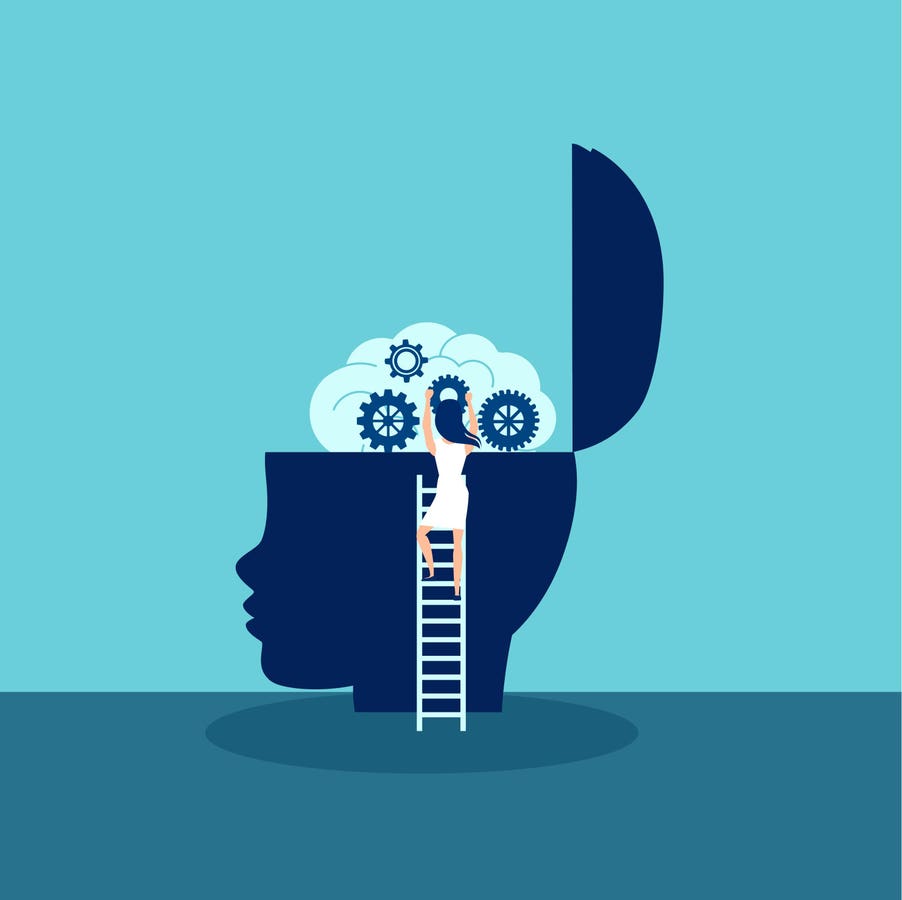Researchers have found unusual connections in the brains of children with attention deficit hyperactivity disorder, according to a report published Wednesday in the American Journal of Psychiatry. In kids with ADHD, a National Institutes of Health study found atypical wiring between the brain’s frontal cortex and deeper centers in the brain where information is processed. These findings increase our understanding of ADHD and add biological evidence to help bust persistent myths that blame parents. The researchers hope that continued investigations into how the ADHD brain really works could lead to more effective treatments.
ADHD Is Common In Children
Approximately 9% of children between ages 3 and 17 currently carry a diagnosis of ADHD, according to recent statistics. That diagnosis typically happens around age 7 but may happen earlier in children with more severe symptoms. The early age of presentation, which is a criteria for ADHD diagnosis, and the fact that ADHD has a 74% heritability rate, is additional evidence of ADHD’s biological nature.
The NIH study, which included 10,000 functional brain images from 8,000 youth, reinforces the reality that children with ADHD are neuroatypical. In other words, the evidence debunks the persistent (but false) myth that “bad parenting” causes ADHD in children.
Atypical Connections In The ADHD Brain
Many studies using functional MRI have suggested that subcortico-cortical loops in the brain are involved with the development of ADHD. These loops are a group of circuits that connect particular areas of the cerebral cortex to deep brain structures, allowing those areas to talk back and forth to each other. However, these studies have typically been small and have produced inconsistent findings, most likely because they were small.
This study, by researchers at the NIH’s National Institute of Mental Health and National Human Genome Research Institute, analyzed functional brain images from over 8,000 youth with a mean age of around 10.5 years old. They compared the images from 1,696 kids with ADHD diagnoses with those from 6,737 unaffected control subjects.
The researchers were able to confirm the role of subcortico-cortical loops in the brains of children and adolescents with ADHD. They also evaluated a number of possible confounders and found that their results remained robust.
Increased Connectivity in ADHD brains
When it comes to the subcortico-cortical loops role in ADHD, the researchers refer to the increased connectivity they found between deep brain structures and the frontal cortex in young brains with ADHD. Those deep brain structures included the caudate, putamen and nucleus accumbens seeds deep in the brain where learning, movement and reward are centered. The extra neural connections ran to the frontal cortex of the brain, specifically in the superior temporal gyri, insula, inferior parietal lob and inferior frontal gyri, where the brain regulates attention and undesirable behaviors.
Why does it matter if there are extra neural connections between the movement, learning and reward centers of the brain and the centers that regulate attention and behavior? Many people would assume that more connection is better. While stronger wiring is good in electronics, the brain relies on just the right amount of connection. Too much leads to atypical function.
Indeed, the study found that children who scored higher for attention difficulty also had increased connectivity in certain subcortico-cortical loops, compared to children with less attentional difficulty.
Too Little Neural Pruning
One of the key processes that occur in developing brains is called pruning, and it’s the foundation of the brain developing more mature processes. As the brain develops, it prunes, or disposes, of the connections between neurons at the synapses. By pruning the connectivity it doesn’t need, the brain becomes more efficient.
The finding of increased connectivity between key regions in the young ADHD brain suggests too little synaptic pruning occurring in those pathways. Decreased pruning resulting in increased connectivity between various areas of the brain has also been found in the neurodevelopmental disorder of autism.
Hyperfocus And Increased Brain Connectivity
Living with or parenting children with ADHD, which can range from mild to severe, comes with many challenges. But it also comes with some benefits, often referred to as ADHD superpowers. One of those powers is hyperfocus, which is when a person with ADHD becomes intensely focused on something they find interesting. Hyperfocus brings joy and can lead people to produce incredible work in science, art, medicine or whatever fields their interests lie.
Despite the outdated name attention deficit, it is well established that ADHD is not a deficit of attention, but a dysregulation of attention. With increased neural connectivity between attention centers and reward centers, it makes sense that one of the ways attentional dysregulation shows up in ADHD is the superpower of hyperfocus.
Future Treatments For ADHD
The findings of this study increase our understanding of the specific areas of the brain involved in ADHD symptoms and how those areas interact. However, the researchers pointed out that we have a lot more to learn about these brain connections in ADHD. For example, does the brain connectivity change over time in ADHD? How do patterns of brain connectivity relate to the genetics of ADHD or to treatment outcomes? A good deal more research is needed before findings like these can be translated into effective treatments, but the progress is exciting.
Read the full article here





